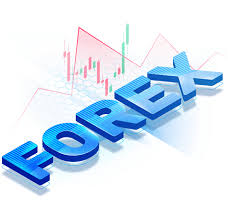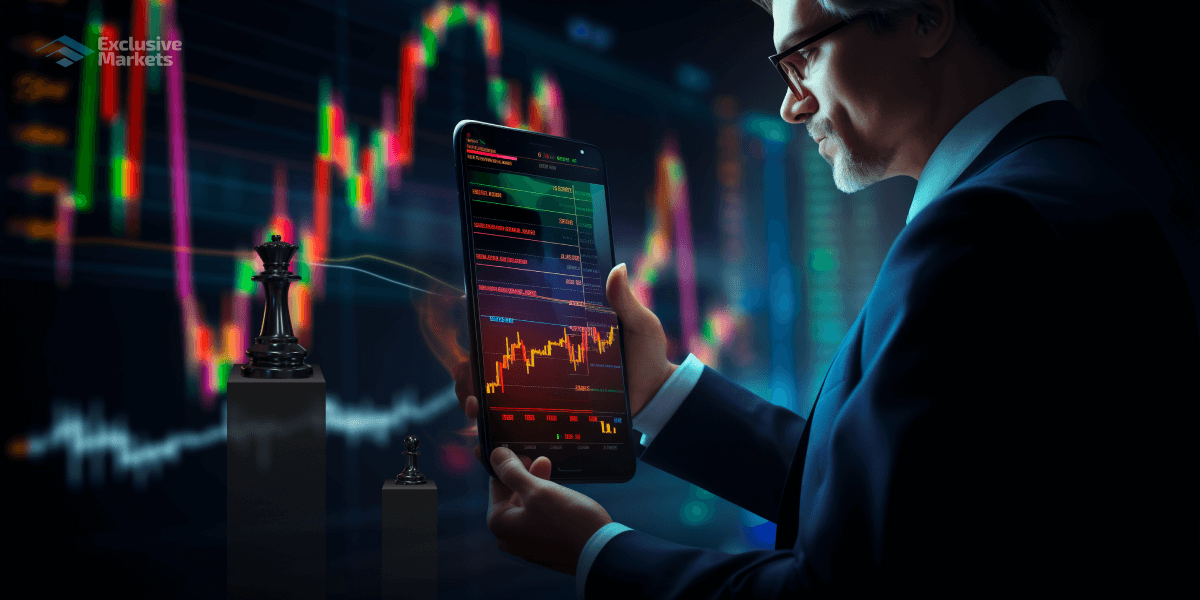Automated Trading in Forex Revolutionizing Currency Exchange

Automated Trading in Forex: Revolutionizing Currency Exchange
Automated trading in Forex has gained immense popularity in recent years, driven by advancements in technology and the growing accessibility of online trading platforms. This innovative approach to currency exchange allows traders to utilize algorithms and software to execute trades automatically without the need for constant manual intervention. For those interested in leveraging this technology, resources like automated trading forex Online Trading CM provide valuable insights and tools.
What is Automated Trading?
Automated trading, also known as algorithmic trading or black-box trading, involves the use of computer programs and algorithms to enter and exit trades based on predefined criteria. These criteria may include price movements, volume, or other technical indicators. Automated trading systems can analyze vast amounts of market data quickly and execute trades at high speeds, which human traders may find difficult to match.
Benefits of Automated Trading in Forex
There are several significant advantages to utilizing automated trading in Forex:
- Speed: Automated systems can process large amounts of data and execute trades in milliseconds, capitalizing on market opportunities before they disappear.
- Emotionless Trading: Automated systems follow set rules without emotional involvement, reducing the risk of impulsive decisions that can lead to losses.
- Backtesting: Traders can test their strategies against historical data to assess their effectiveness before going live, allowing for improved strategy development.
- Diversification: Automated trading allows for easier management of multiple accounts and strategies simultaneously, which can enhance portfolio diversification.
How Does Automated Trading Work?
Automated trading systems operate based on algorithms that are designed to analyze market data and make trading decisions. Here’s a simplified breakdown of how this process works:
- Strategy Development: Traders develop a trading strategy based on technical analysis, fundamental analysis, or a combination of both. This strategy is translated into an algorithm.
- Backtesting: The algorithm is tested against historical data to determine its efficacy. Traders can make adjustments based on the results from this phase.
- Execution: Once satisfied with the backtest results, traders deploy the algorithm in a live trading environment, where it can begin executing trades based on real-time market data.

Types of Automated Trading Strategies
Numerous trading strategies can be automated in Forex trading. Here are a few popular examples:
- Trend Following: This strategy seeks to capitalize on upward or downward market trends. Automated systems might enter long positions when an upward trend is detected or short positions during a downward trend.
- Mean Reversion: This approach assumes that price will return to its average over time. Automated systems can identify overbought or oversold conditions and execute trades to profit from corrections.
- Breakout Trading: Automated systems look for price breakouts from established support or resistance levels, entering trades in the direction of the breakout.
Getting Started with Automated Trading in Forex
For those interested in venturing into automated trading in Forex, here are some steps to get started:
- Educate Yourself: Understanding the fundamentals of Forex trading is critical before diving into automated strategies. Familiarize yourself with trading concepts, market analysis, and available tools.
- Select a Reliable Platform: Choose a reputable online trading platform, such as Online Trading CM, that offers automated trading capabilities. Ensure that the platform is user-friendly and provides access to necessary market data.
- Develop or Choose a Trading Strategy: Either design your own trading algorithm based on your research or opt for existing automated trading strategies that align with your risk tolerance and trading goals.
- Test Your Strategy: Before going live, use backtesting to validate your automated trading strategy. Consider demo trading to ensure the system operates as expected in real market conditions.
- Monitor Your Trades: Even with automated trading, monitoring your trades is essential. Ensure that the system is functioning correctly, and adjust your strategies as market conditions change.
Common Misconceptions About Automated Trading
Despite its advantages, automated trading in Forex is often misunderstood. Here are some common misconceptions:
- It’s a Set-and-Forget Solution: While automated systems can execute trades without constant manual involvement, they still require monitoring and periodic adjustment.
- Guaranteed Profits: Many traders believe that automated trading will result in consistent profits without risk. However, financial markets are unpredictable, and no system is foolproof.
- Only for Experienced Traders: Beginners can successfully use automated trading by leveraging user-friendly platforms and educational resources, even if they lack extensive trading experience.
Conclusion
Automated trading in Forex presents an exciting opportunity for traders looking to enhance their trading efficiency and effectiveness. By embracing technology and utilizing automated systems, traders can navigate the complexities of the Forex market more effectively. As with any trading approach, it is essential to remain educated, continually refine trading strategies, and maintain a disciplined risk management practice. Resources like Online Trading CM can be instrumental in this journey, providing the tools and insights needed to thrive in the fast-paced world of automated Forex trading.
